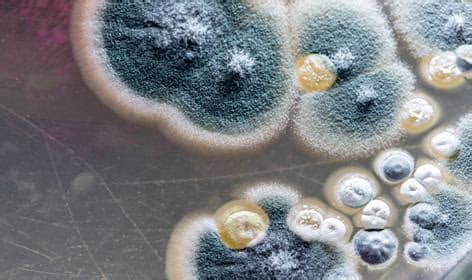Mold can be a persistent and hazardous issue in any indoor environment, posing health risks and damaging property. Understanding how to effectively get rid of mold is crucial for homeowners, renters, and property managers alike. This comprehensive guide will walk you through the steps of mold removal, the necessary tools and materials, safety precautions, and ongoing prevention strategies to ensure a mold-free living space.
Mold is a type of fungus that thrives in damp, warm environments. It reproduces through tiny spores that can easily become airborne, leading to widespread contamination. Health risks associated with mold exposure include respiratory issues, allergic reactions, and other serious health problems, especially for individuals with compromised immune systems or pre-existing conditions.
Health Risks of Mold Exposure
- Allergic reactions: Sneezing, runny nose, and skin rashes.
- Respiratory issues: Coughing, wheezing, and exacerbation of asthma symptoms.
- Long-term effects: Chronic sinusitis and potential lung infections.
Signs and Causes of Mold Growth
Identifying mold growth early can save you from more significant damage and health issues. Common signs of mold include:
- Visible mold: Dark spots or fuzzy patches on walls, ceilings, or floors.
- Musty odor: A persistent damp smell in the air.
- Water stains: Discoloration on walls or ceilings indicating moisture issues.
Common Causes of Mold Growth
- High humidity: Areas with humidity levels above 60% are prone to mold.
- Water leaks: Leaky roofs, pipes, or windows can create ideal conditions for mold.
- Poor ventilation: Lack of airflow in areas like basements and bathrooms.
Safety Precautions Before Mold Removal
Before starting any mold cleanup, it’s essential to prioritize safety. Here’s a detailed safety checklist:
- Wear protective gear: Use gloves, goggles, and an N95 respirator mask.
- Ensure proper ventilation: Open windows and use fans to circulate air.
- Seal off the area: Close doors and cover vents to prevent spores from spreading.
- Check for structural damage: Ensure that the area is safe to enter and work in.
Essential Tools and Materials for Mold Cleanup
Having the right tools and materials is crucial for effective mold removal. Here’s a list of recommended items:
- Protective gear: Gloves, goggles, and a respirator mask.
- Cleaning solutions: Vinegar, hydrogen peroxide, or commercial mold removers.
- Scrubbing tools: Brushes, sponges, and cloths.
- Containment materials: Plastic sheeting and duct tape.
- Moisture meter: To check humidity levels.
Step-by-Step Guide: How to Get Rid of Mold
Follow these steps for both small and large mold infestations:
For Small Areas (Less Than 10 Square Feet)
- Prepare the area: Ventilate and seal it off.
- Apply cleaning solution: Use vinegar or hydrogen peroxide directly on the mold.
- Scrub the mold: Use a brush or sponge to scrub the affected area.
- Rinse and dry: Wipe down with clean water and thoroughly dry the area.
For Large Areas (More Than 10 Square Feet)
- Assess the extent: Determine the size and severity of the mold growth.
- Prepare the area: Use plastic sheeting to contain the area and prevent spore spread.
- Remove contaminated materials: Dispose of porous materials like drywall or carpet that cannot be cleaned.
- Clean surfaces: Use a strong cleaning solution and scrub all affected surfaces.
- Dry thoroughly: Use dehumidifiers and fans to ensure complete drying.
Natural vs. Chemical Mold Removal Methods
Choosing the right method for mold removal can depend on personal preference and the severity of the infestation. Here’s a comparison of natural and chemical solutions:
Natural Cleaning Solutions
- Vinegar: Effective against many types of mold. Non-toxic and safe for indoor use.
- Hydrogen Peroxide: A potent antifungal agent but can bleach surfaces.
Chemical Cleaning Solutions
- Commercial Mold Removers: Designed specifically for mold but may contain harsh chemicals.
- Bleach: Effective for non-porous surfaces but can be harmful to health and the environment.
When to Call a Professional
While many mold issues can be handled by homeowners, certain situations warrant professional intervention:
- Extensive mold growth: If the affected area is larger than 10 square feet.
- Health concerns: If anyone in the home has respiratory issues or allergies.
- Structural damage: If mold is present in walls, ceilings, or under flooring.
How to Prevent Mold from Returning
Preventing mold is key to maintaining a healthy indoor environment. Here are actionable tips:
- Control humidity: Use dehumidifiers to keep humidity levels below 60%.
- Improve ventilation: Ensure proper airflow in bathrooms and kitchens.
- Repair leaks: Address any plumbing or roof leaks promptly.
- Regular cleaning: Keep areas prone to mold clean and dry.

